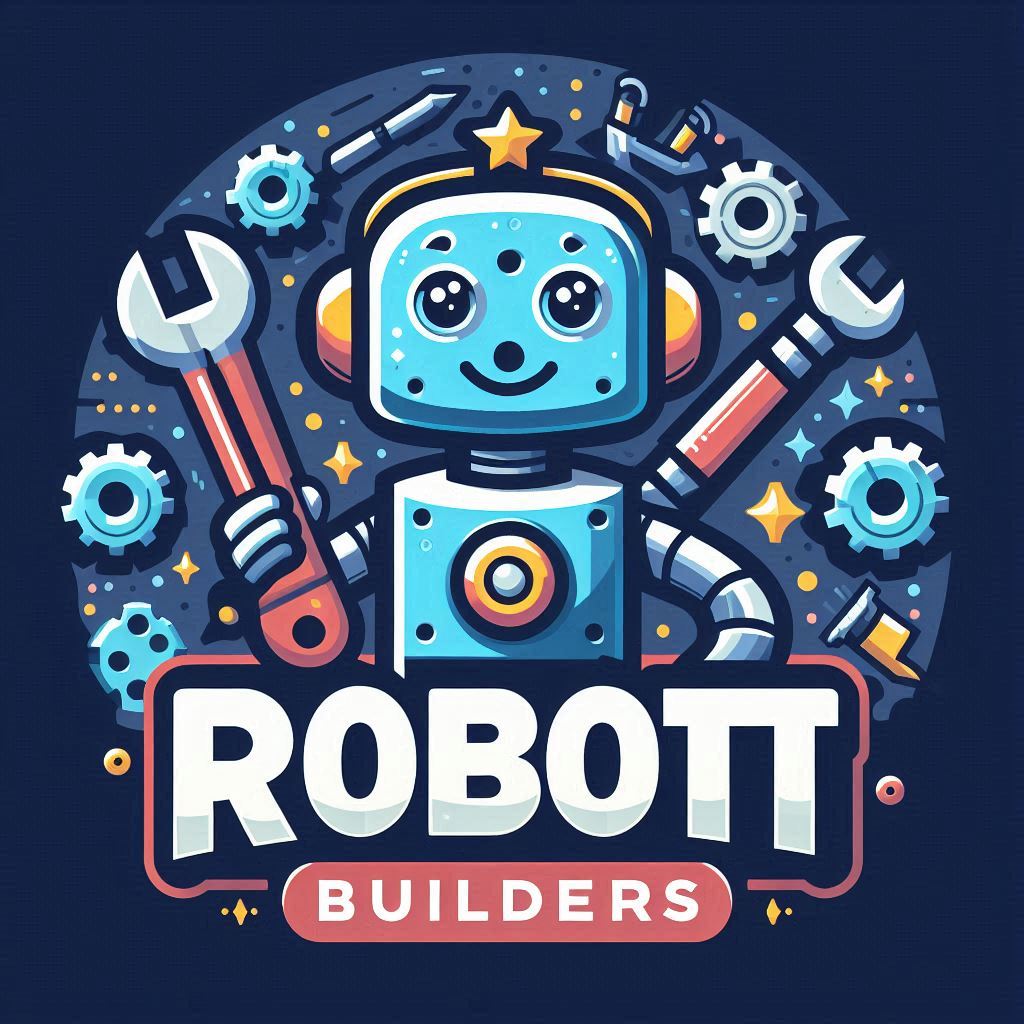Robotics is an exciting and rapidly growing field that combines engineering, programming, and creativity. Whether you’re a curious beginner or a tech enthusiast looking to explore robotics, getting started may feel overwhelming. But don’t worry—this step-by-step guide will help you kickstart your journey into robotics design and development.

Introduction: Why Learn Robotics?
Robotics is more than just building cool machines; it’s about solving real-world problems and innovating for the future. Learning robotics equips you with skills in coding, electronics, and engineering, making it a fantastic way to explore STEM (Science, Technology, Engineering, and Mathematics).
Let’s dive into the essentials to help you begin your robotics adventure.
Step 1: Understand the Basics
Before jumping into complex projects, start by learning the foundational concepts of robotics.
- What is Robotics? Robotics involves designing, building, and programming machines (robots) that can perform tasks autonomously or semi-autonomously.
- Key Components to Learn: Focus on understanding the basics of:
- Mechanics: How robots move and are physically built.
- Electronics: Components like motors, sensors, and controllers.
- Programming: Writing code to control your robot’s behavior.
Step 2: Choose Your First Robotics Kit
Robotics kits are an excellent way to get hands-on experience without starting from scratch. Here are some beginner-friendly options:
- LEGO Mindstorms: Ideal for beginners, especially younger learners.
- Arduino Starter Kit: Perfect for exploring both hardware and programming.
- Raspberry Pi: Great for integrating robotics with advanced programming and AI.
Step 3: Learn to Code
Coding is a crucial part of robotics, as it allows you to program your robot’s actions.
- Languages to Learn:
- Python: Easy to learn and widely used in robotics.
- C/C++: Essential for working with microcontrollers and embedded systems.
- Tools and Platforms:
- Start with platforms like Arduino IDE or Scratch for beginners.
Step 4: Master the Essential Tools
To bring your robot to life, you’ll need to get comfortable with some essential tools and components:
- Breadboards and Circuit Boards: For prototyping and connecting electronic components.
- Soldering Tools: For creating permanent electrical connections.
- Multimeter: Useful for testing circuits and troubleshooting.
Step 5: Build Your First Simple Robot
Once you’ve gathered your tools and knowledge, it’s time to create! Start small, such as:
- A line-following robot using an Arduino board.
- A robot arm that moves using servo motors.
- A basic obstacle-avoiding robot using ultrasonic sensors.
Focus on simple designs that challenge your skills without being too overwhelming.
Step 6: Explore Resources and Communities
Robotics has a vibrant community full of resources, tutorials, and forums to help you along the way.
- Online Tutorials: Platforms like YouTube, Coursera, and Khan Academy.
- Robotics Forums: Join communities like Reddit’s robotics group or the Arduino forum.
- Hackathons and Maker Spaces: Get hands-on experience and collaborate with others.
Step 7: Experiment and Innovate
Once you’ve built some basic robots, don’t be afraid to push boundaries:
- Experiment with Sensors: Add cameras, IR sensors, or gyros to increase functionality.
- Integrate AI and Machine Learning: Dive into robotics software like ROS (Robot Operating System) for advanced projects.
- Customize Your Creations: Explore 3D printing to build custom parts and designs.
Conclusion: Embrace the Journey
Robotics design and development is an incredible journey that blends learning and creativity. While the path may seem challenging at first, every project brings new skills and possibilities. Take it one step at a time, and don’t forget to enjoy the process of building, coding, and innovating.
With patience and persistence, you’ll be designing and developing impressive robots before you know it!
